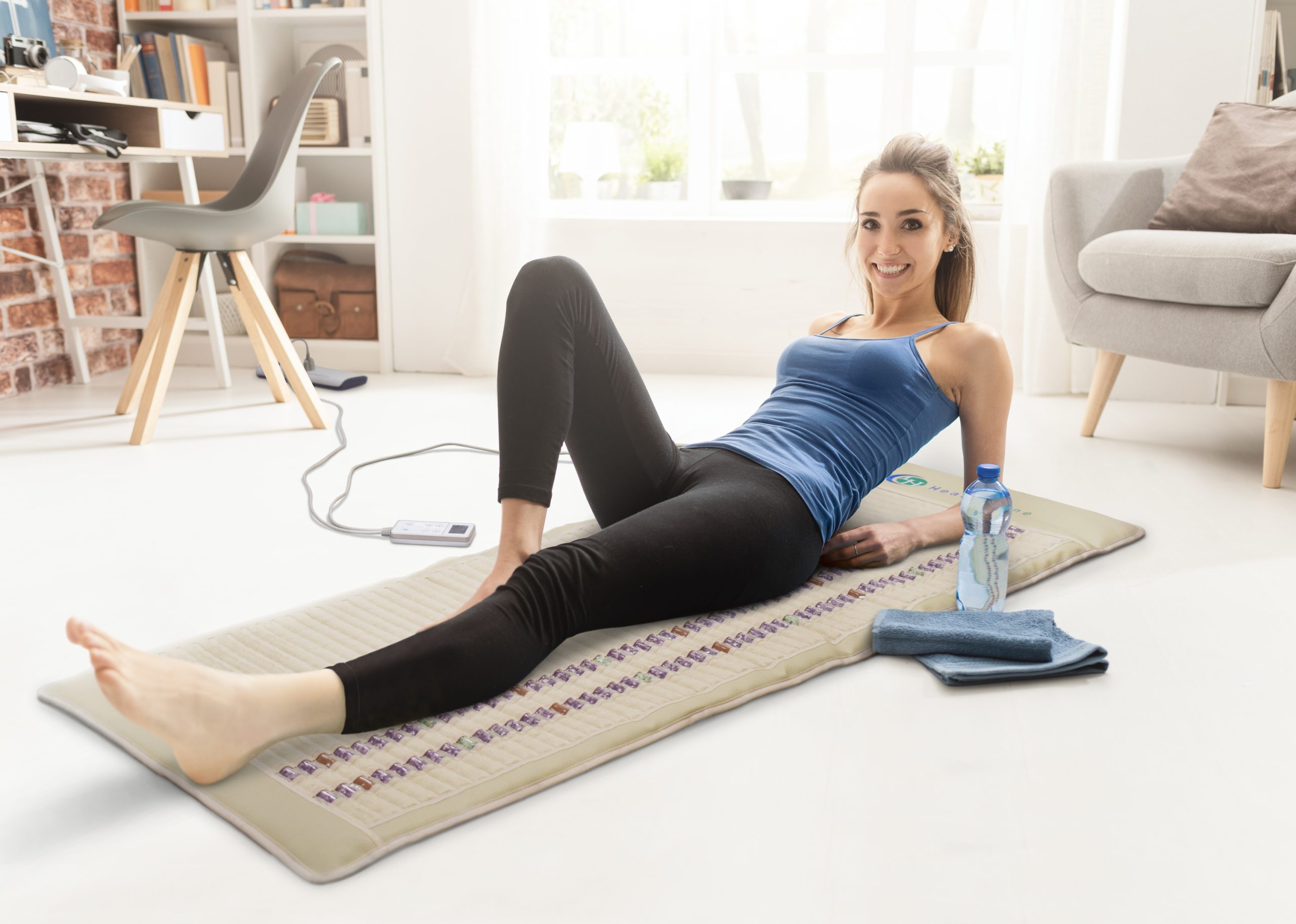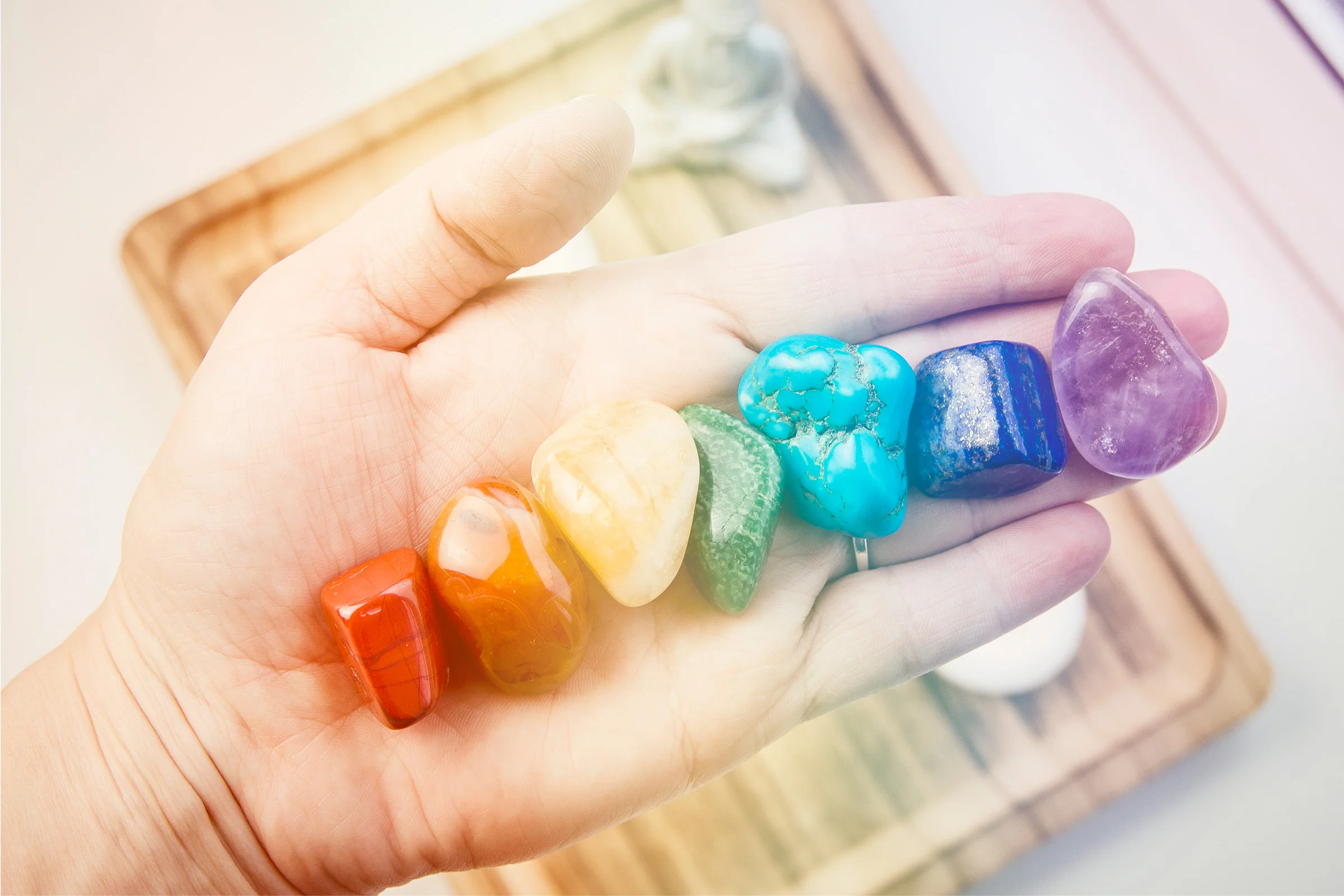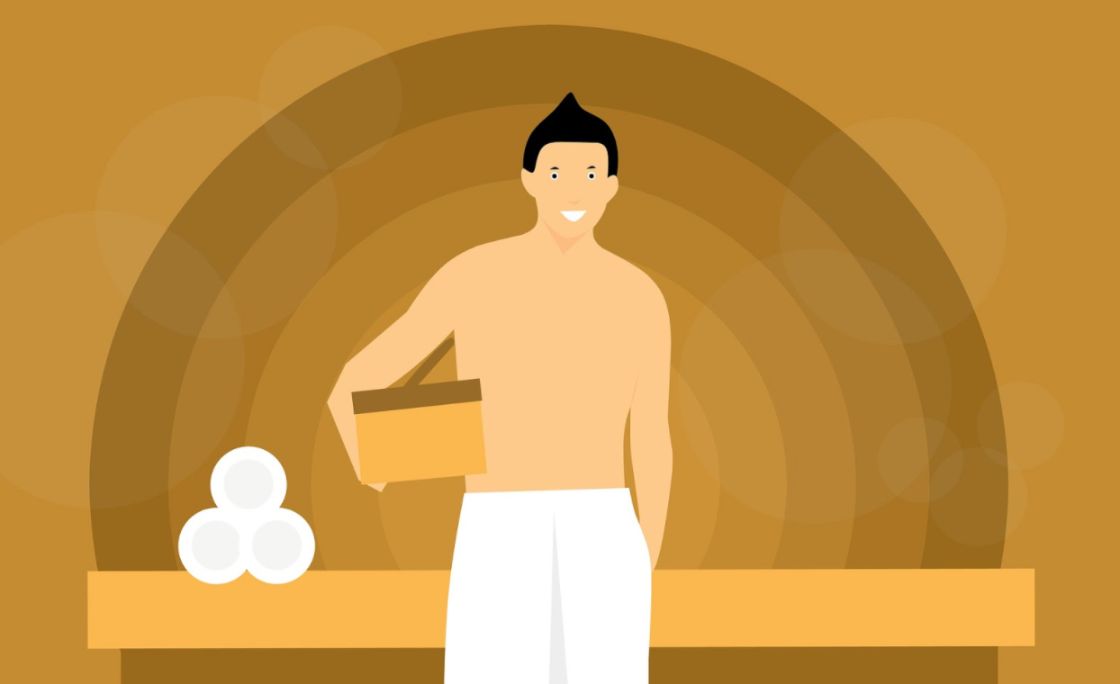Benefits of Negative Ions
Negative ions benefit the health and wellness of you and your family and I bet you’ve never even heard of them. In this blog post, we will review the many potential health benefits of negative ions and how you can use this knowledge to help achieve optimal wellness potential.
But first, let’s learn about these mysterious entities.
What Are Negative Ions?
Before we can learn about the benefits of negative ions, we first must answer the question: What are negative ions?
Negative Ions are odorless, tasteless, and invisible to the naked eye. These molecules can be found near mountains, beaches, and waterfalls. In fact, the freshness of the air around these locations is caused by an abundance of negative ions.
Ions are molecules that can carry either a positive or a negative charge. Negative ions are created naturally, thanks to the circulation of air in certain environments, radiation, sunlight, and moving water. When molecules lose enough positive charges, they transform into negative ions. Therefore, negative ions are molecules with extra electrons.
Dr. Svante August Arrhenius, a Swedish chemist, is credited with the discovery of negative ions. He formulated a theory regarding ionization (i.e., electrolytic dissociation). Dr. Phillip Eduard Anton Lennard, a Nobel Prize winner, confirmed that negative ions (i.e., anions) can be found in high concentrations at sea sides and in the basins of waterfalls.
The “Lennard Effect” illustrates how the separation of electric charges (during the aerodynamic breakup of water drops) creates positive cations and negative anions. Anions are naturally created when there’s evaporating water, and can be naturally found in certain minerals (e.g., tourmaline). When water molecules collide, the water becomes positively charged and the surrounding air becomes negatively charged. As the droplets of water are released (due to the “Lennard Effect”), smaller droplets interact with the air, and the air molecules become negatively charged.
If you’re unable to get close to a seaside (or there’s no oncoming thunderstorm), your shower is a readily available source of negative ions. When you take a shower, the water droplets collide with one another while moving through the air and become negative ions. After taking a shower, the creation of negative ions is one reason why many find that their mood is uplifted in the morning.
It is very likely that negative ions benefit the optimization of health and wellness, such as benefiting cellular health and more. They are thought to relieve tension and stress, and thanks to their small size, they’re readily absorbed into the skin and bloodstream to produce their positive effects. Negative ions can be artificially created by devices such as air ionizers. Typically, such devices require a generator that uses electricity to manufacture negative ions.
A study by the US Department of Agriculture discerned that ionizing a room decreased dust in the air by 52% and reduced bacteria up to 95%. An ionizer machine creates negative ions by using the “corona discharge method.” This method is modeled on the functions of lightning in nature; lightning is a natural generator of anions.
It’s likely that negative ions benefit positive thinking and your mood. Negative ions have been studied for their ability to produce positive biochemical reactions in the human body. For example, if you breathe in air that’s charged full of negative ions, serotonin levels can normalize and this could create a more positive mood. Negative ions are capable of increasing oxygen flow to the brain, which makes you feel more alert and energized. Not to mention, if you suffer from allergies, negative ions may protect you against germs and particulates in the air.
Researchers at the Centre for Sport and Exercise Sciences in Liverpool tested male subjects regarding negative ions. During the researchers’ experiment, clients had their body temperature, heart rate, and respiration rate measured during periods of rest and exercise. While the subjects were being studied and monitored, they were exposed to negative ions. Researchers found that there was a significant improvement in all of their physiological states, especially when the participants were at rest. Negative ions are capable of affecting the body’s circadian rhythm, as negative ions are biologically active entities.
Michael Terman, Ph.D., a professor at Columbia University, has researched the potential benefits of negative ions extensively, focusing on cleaning the air, reducing pathogens, and treating depression. He found that if there’s a high concentration of negative ions in the air, they can have a temporary antidepressant effect in as little as 30 minutes.
How Do Negative Ions Work?
How do negative ions work? Negative ions in the air attach to pathogens (e.g., bacteria and allergens) that cause wellness problems. Thanks to the electric charge of the anions, the undesirable microscopic organisms are rendered inert and harmless. However, dust, viruses, cigarette smoke, mold spores, and pollen all attach to negative ions, which can cause concern with the effectiveness of air purifiers and pollution reducers.
Negative ions are generated by the electric discharge created by splashing water and radiation.
Smaller negative ions are more easily absorbed by the human body through the skin and breath (versus larger negative ions). The effects of negative ions on the human body and the environment have been reported in medical studies since 1900.
Russian and German researchers have conducted studies to suggest the positive wellness effects of ion therapy (such as treating rheumatism). The potential benefits of negative ions include helping bring the body into balance, especially when suffering long-term exposure to electromagnetic fields (and excessive positive ions from cell phones, computers, and TVs).
Thanks to rampant pollution, the ratio of positive to negative ions has been thrown out of balance. Negative ions work to inhibit oxidation of free radicals; reduce heavy metals, viruses, and other harmful elements; and balance the mind and body.
The History of Negative Ions
Dr. Clarence Hansell, an American research engineer, studied the biological effects of ionized air in 1932. After observing noticeable mood changes from a colleague, Hansell decided to investigate further. He found that there were more positive mood reactions to negative ions (as opposed to a subject being exposed to positive ions).
Extensions on his work focused on sufferers of seasonal affective disorder. As reported by the Archives of General Psychiatry in October 1998, he discovered that air charged by negative ions proved to be an effective treatment and preventive measure for depression. Regarding the benefits of being exposed to negative ions for extensive periods, patients suffering from ailments ranging from asthma, bronchitis, and even non-respiratory related wellness conditions have been studied extensively.
In the US, research conducted by Northeastern Hospital, the University of Pennsylvania’s Graduate Hospital, and the Frankford Hospital in Philadelphia uncovered that 63% of patients suffering from respiratory problems experienced partial or total relief when complimented with negative-ion therapy. Clients would come in with watery eyes and breathing problems, but after fifteen minutes with a negative ion machine, they’d feel a significant improvement. Studies on negative-ion therapy in Japan, the US, Britain, and other countries have all shown similar positive benefits to using negative ions.
Since discovering that negative ions can improve wellness and reduce harmful organisms, and pollutants, machines that produce negative ions have grown in popularity. Negative-ion generators of all types can be found in homes, offices, and hospitals. Their purpose is to improve wellness, moods, the stability of bodily functions, and air quality.
Urban environments are typically sorely lacking in negative ions. Cities that are located near large bodies of water offer slightly higher amounts of negative ions. Typically, rural areas and sites where there are waterfalls, beaches, and mountains are teeming with negative ions (benefits of negative ions have been reported in these areas).
Thanks to the pollution in modern urban cities, items such as air conditioners, TVs, and dryers all produce positive ions. Unlike negative ions, they’ve been shown to make breathing more difficult and contribute to feelings of irritability, tension, and lethargy. Negative ions are needed to balance the levels of positive ions in the air. They’re the reason why the air feels fresh and easy to breathe when you’re spending time by a waterfall or are outside after a thunderstorm.
As demonstrated by the above research, some benefits of negative ions include boosting mood and giving an overall sense of well-being.
Science-Backed Negative Ion Benefits
As we stated, there are many benefits of negative ions to help you achieve optimal wellness potential. But negative ions benefit what exactly? Continue reading to learn more about negative ion benefits.
At the University of California, research about negative ion benefits showed that they normalized the serotonin levels in the brain, which improved the mental outlook and mood.
After installing negative-air cleaners in a workplace that’s replete with electronic equipment, Norwich Union found that reports of headaches and sickness went down by 78%.
European hospitals regularly make use of negative-ion generators in their institutions because of the wellness benefits that facilitate better recovery rates.
Pierce J. Howard, Ph.D., of the Center for Applied Cognitive Science, reported one such negative ion benefit was that they increase the flow of oxygen to the brain, which results in higher mental alertness, decreased drowsiness, and a boost of mental energy.
Tests have repeatedly shown that subjects who’re exposed to high levels of negative ions have better performance when engaging in mentally challenging tasks (as opposed to subjects who breathe in regular air that’s filled with positive ions).
On the contrary, positive ions have been linked to feelings of increased anxiety, irritability, and unpleasantness. They’ve been held responsible for the oxidation of free radicals in the body, leading to higher acidity levels in the blood and throwing off the endocrine and immune system. Negative ions are capable of reversing and repairing the damage caused by positive ions.
Better digestion is possible through exposure to negative ions, as they reduce tension in the stomach and intestines and help promote the production of digestive enzymes.
There have been 33 studies dating from 1957 to 2012, which recorded the effects of air ionization on anxiety, depression, and mental wellness in humans.
Meta-analysis has been used to study negative ionization and depression, depending on the exposure intensity, which revealed a significant association between lowered depression and high levels of negative-ion exposure.
Other scientific studies have utilized high-density negative ionization while treating patients suffering from seasonal or chronic depression.
A study conducted by Silverman and Kornleuh examined 12 subjects who were under the impact of negative and positive ions on their state of relaxation and sleepiness. When they were exposed to negative ionization, more than half of their test subjects responded. In another study, Hawkins observed that negative-ion exposure led to an overall reduction in ailment complaints.
Whereas negative ions benefit wellness overall there are some precautions that should be taken into consideration.
Negative Ion Precautions
Now that you know some benefits of negative ions, it’s time to go over some precautions. Some researchers think that items that produce negative ions (such as ionic air purifiers and negative-ion bracelets) could be exposing consumers to dangerous substances.
For example, silicone bands are said to promote increased balance, improve energy, and reduce pain. However, the amount of radiation that’s used to create negative ions are reported to be three times the average exposure amount. This means if someone was to wear a negative-ion bracelet for a whole year, they are getting over three times the exposure to radiation than the average person.
Vice president for safety, health, environment & risk management at the University of Texas Health Science Center at Houston, Robert Emery, stated that radiation exposure from negative ion bands is not significant, but, he added, that the consumer should “at least be aware.”
When it comes to ionic air purifiers, negative ions created in the air will attach to undesirable particulates and pathogens, so there are still some concerns. Since similar elements repel, and opposite elements attract, negative ions attach to dust particles in the air. Therefore, they end up joining with positive ions. When the anions and cations join together, the air becomes heavy. And although the allergens and micro-organisms are removed from the air, they end up on the floor and attached to walls. Consumers have found undesirable black dust and debris surrounding their ionic purifiers, because of the science behind ionization and the attachment of ions to particulates.
You should take some precautions with ionic air purifiers, which emit negative ions to clean the air. Although the negative ions created can remove particles, they can easily return to the environment. Some devices do come with filters to counteract reintroduction of harmful particles, but filters should be regularly cleaned or changed.
Some studies found that ionic air purifiers may actually add harmful levels of ozone to the air. If ozone levels are high enough, they could prove toxic and damage the pulmonary system.
It is possible to still get beneficial forms of negative ions by opening up a window to let fresh air in, especially after a thunderstorm.
Negative Ion Benefits Concluded
It’s simple: negative ions benefit wellness. Now that you know the various benefits of negative ions, it’s time to use this knowledge to help you achieve optimal wellness.
Whether you trust in non-scientific sources or consider the ongoing scientific studies of negative ions on the body and wellness, ions exist. As ions are biological compounds that are active and continuously surround the body, it’s reasonable to find a connection to reactions within the human body—when there are large numbers of negative or positive ions in the air.
There are companies producing negative-ion generators, bracelets, and other sources, which provide ionization in the air for consumers seeking out benefits. Natural surroundings (especially those that contain sources of running water) contain naturally higher levels of negative ions. As previously stated, the common household shower is one of the main sources of negative-ion production.
Overall, people from around the world have discovered more negative ion benefits than negative effects from being in prolonged contact with negative ions. Potential negative ion benefits include the reduction of seasonal depression, speeding up the recovery time of illnesses, and improving the purification of the air.
While there’s still room for more research and discussion on the benefits of negative ions, believers in their benefits remain strong. A significant amount of information (regarding various scientific studies on specific controls and exposure to negative ions) can be found online.
*Editor’s Note: This post was updated on December 4th, 2020 for accuracy and comprehensiveness.









7 comments
Is there a favorable number of negative ions for a therapeutic benefit.
Yes there is Jim, in order to have “therapeutic” grade air, your space must have 1000 negative ions or higher.
Hi i appreciate and honour your research on the healthy benefit s of negative ions in our bodies; whatever information you have given is correct.I am one of the person who has suffered of asthma for long ,i have used several medicines: inhallers, vasodilators injection and so on.The disease keeps on recuring but thank God that there is a south korean company which is manufacturing many machines which are generating; negative ions,far infrared heat and doing thermal massage and am ok now with them. Thank for your information.
I have a cold nodule, and im taking a medicine daily, And also i have difficult of breathing… Can i use negative ion to cure my illness?
I’m a skeptic. Can a negative ion generator really help someone suffering from anxiety or depression?
I understand that it affects serotonin levels. What occurs in the human body that causes this?
If it does help, what kind of negative ion generator should one get? What would be the specifications?
I have beeswax candles to counter-act living next to disgusting large laundry room and the smell and chemicals!
These neg ions in the awesome smelling wax lift my mood .
Hope this helps .
I have Himalayan Salt Lamps and HealthyLine mats to generate negative ions. It helps my fibro.
A lifelong friend is bi-polar. I got him a salt lamp and he was amazed at the improvement in how he felt.
Negative ions do change how we feel and help us heal. That is why people vacation at the beach and in the mountains.
Do something good for yourself!